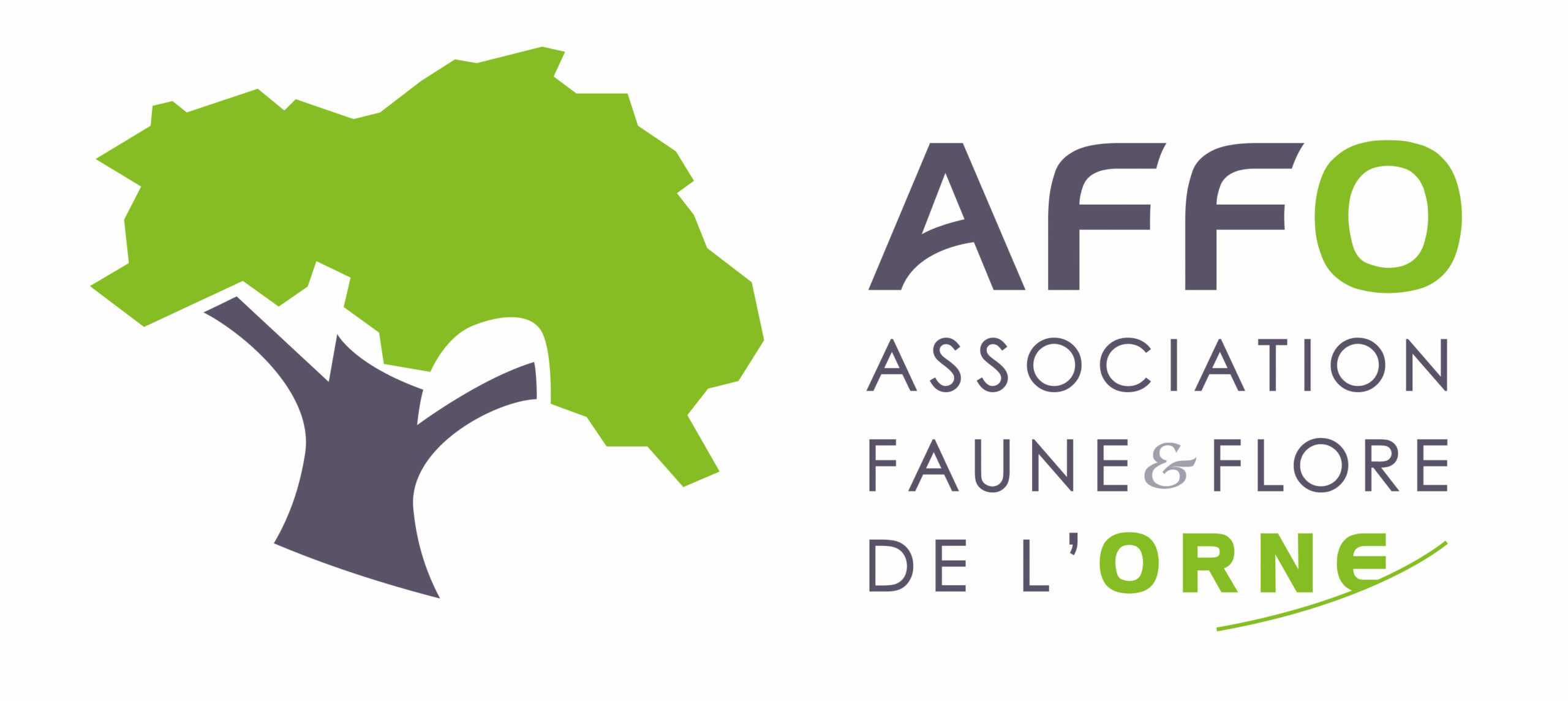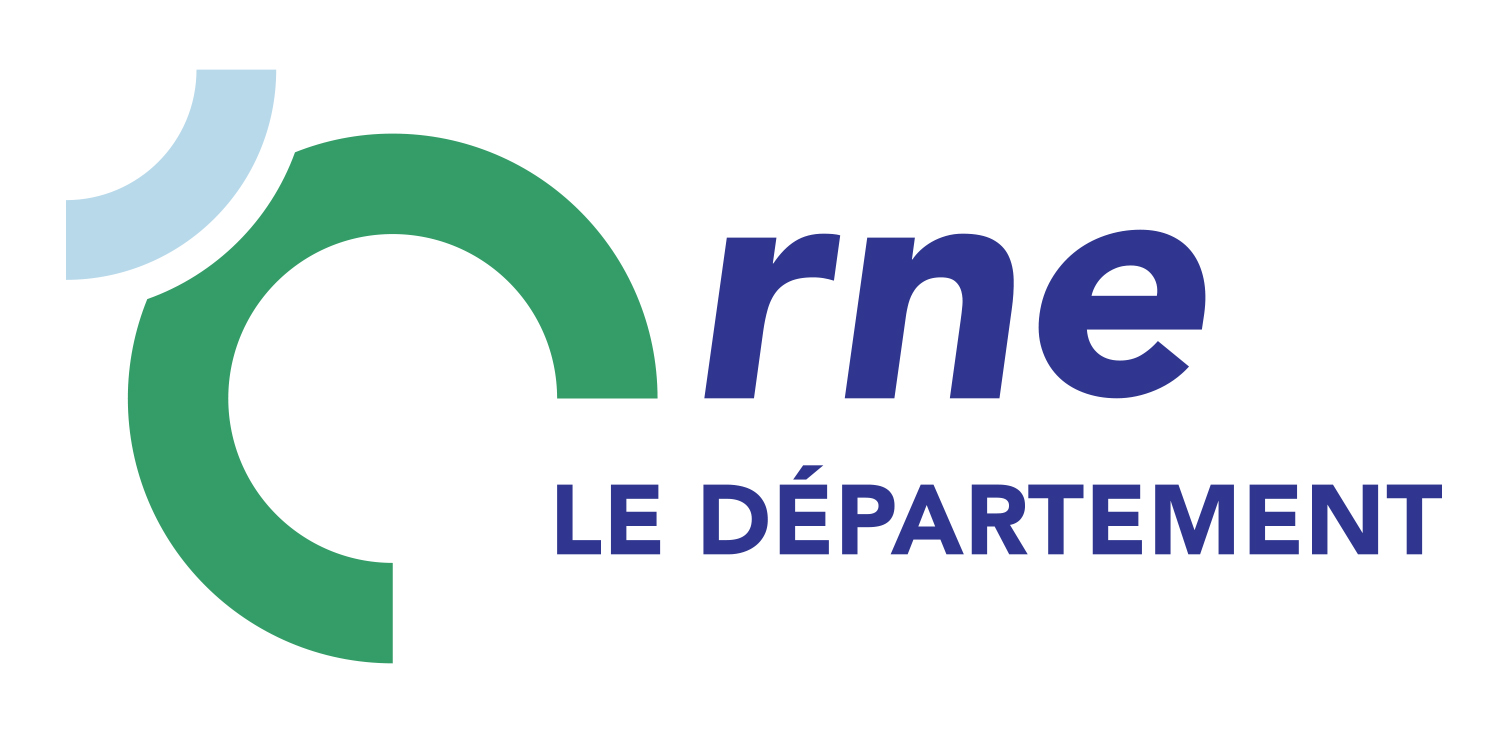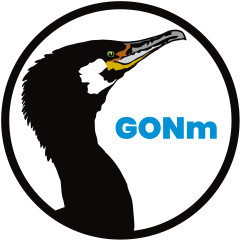Où cette espèce a-t-elle été observée ?
 Attention : cette espèce peut être présente où il n’y a pas de maille, mais à ce jour elle n’y a pas encore été observée.
Attention : cette espèce peut être présente où il n’y a pas de maille, mais à ce jour elle n’y a pas encore été observée.
- 807 observations
-
89
communes -
71
observateurs
18
organismes -
Première observation
1900 -
Dernière observation
2025
Appenai-sous-Bellême - Arcisses - Argenvilliers - Authon-du-Perche - Bazoches-sur-Hoëne - Beaulieu - Beaumont-les-Autels - Belforêt-en-Perche - Bellavilliers - Bellême - Bellou-le-Trichard - Berd'huis - Béthonvilliers - Bretoncelles - Ceton - Champrond-en-Gâtine - Champrond-en-Perchet - Chapelle-Guillaume - Chapelle-Royale - Charencey - Comblot - Combres - Corbon - Coulimer - Courgeon - Courgeoût - Cour-Maugis sur Huisne - Crulai - Digny - Feings - Fontaine-Simon - Igé - Irai - Jaudrais - La Bazoche-Gouet - La Chapelle-Souëf - La Ferté-Vidame - La Madeleine-Bouvet - La Ventrouze - Le Favril - Le Mage - Le Mesnil-Thomas - Le Pas-Saint-l'Homer - Le Pin-la-Garenne - Les Aspres - Les Menus - Les Ressuintes - L'Hôme-Chamondot - Loisail - Longny les Villages - Manou - Marolles-les-Buis - Mauves-sur-Huisne - Montgaudry - Montireau - Montlandon - Mortagne-au-Perche - Moutiers-au-Perche - Nogent-le-Rotrou - Perche en Nocé - Pervenchères - Pontgouin - Rémalard en Perche - Réveillon - Sablons sur Huisne - Saint-Aquilin-de-Corbion - Saint-Cyr-la-Rosière - Sainte-Céronne-lès-Mortagne - Saint-Éliph - Saint-Germain-de-Martigny - Saint-Germain-des-Grois - Saint-Hilaire-le-Châtel - Saint-Hilaire-sur-Erre - Saintigny - Saint-Langis-lès-Mortagne - Saint-Mard-de-Réno - Saint-Martin-des-Pézerits - Saint-Martin-du-Vieux-Bellême - Saint-Maurice-Saint-Germain - Saint-Pierre-la-Bruyère - Saint-Victor-de-Buthon - Senonches - Soligny-la-Trappe - Tourouvre au Perche - Val-au-Perche - Vaunoise - Verrières - Vichères - Villiers-sous-Mortagne
-
PNR du Perche
Participation à 306 Observations
Part d'aide à la prospection : 37.92 %
Fiche organisme
-
Muséum national d'Histoire naturelle (MNHN)
Participation à 205 Observations
Part d'aide à la prospection : 25.40 %
Fiche organisme
-
DREAL Centre-Val de Loire
Participation à 80 Observations
Part d'aide à la prospection : 9.91 %
Fiche organisme
-
Association Faune & Flore de l'Orne (AFFO)
Participation à 54 Observations
Part d'aide à la prospection : 6.69 %
Fiche organisme
-
Ministère de la Transition écologique et de la Cohésion des territoires
Participation à 51 Observations
Part d'aide à la prospection : 6.32 %
Fiche organisme
-
UMS PatriNat (OFB-CNRS-MNHN)
Participation à 48 Observations
Part d'aide à la prospection : 5.95 %
Fiche organisme
-
Eure-et-Loir Nature
Participation à 27 Observations
Part d'aide à la prospection : 3.35 %
Fiche organisme
-
Société d'études ornithologiques de France (SEOF)
Participation à 23 Observations
Part d'aide à la prospection : 2.85 %
Fiche organisme
-
Système mondial d’information sur la biodiversité (GBIF)
Participation à 16 Observations
Part d'aide à la prospection : 1.98 %
Fiche organisme
-
Eole Champagne Conlinoise
Participation à 12 Observations
Part d'aide à la prospection : 1.49 %
Fiche organisme
-
France Nature Environnement Centre-Val de Loir
Participation à 7 Observations
Part d'aide à la prospection : 0.87 %
Fiche organisme
-
PNR et géoparc mondial UNESCO Normandie-Maine
Participation à 2 Observations
Part d'aide à la prospection : 0.25 %
Fiche organisme
-
Conseil départemental de l'Orne (bureau ENS)
Participation à 1 Observation
Part d'aide à la prospection : 0.12 %
Fiche organisme
-
Mayenne Nature Environnement (MNE)
Participation à 1 Observation
Part d'aide à la prospection : 0.12 %
Fiche organisme
-
Groupe Sarthois Ornithologique (GSO)
Participation à 1 Observation
Part d'aide à la prospection : 0.12 %
Fiche organisme
-
Groupe Ornithologique Normand (GONm)
Participation à 1 Observation
Part d'aide à la prospection : 0.12 %
Fiche organisme
-
Office national des forêts (ONF)
Participation à 1 Observation
Part d'aide à la prospection : 0.12 %
Fiche organisme
Informations espèce
Source : Biodiv'Écrins, Parc national des Écrins
F4 : Landes arbustives tempérées
F6 : Garrigues
FB : Plantations d'arbustes
G3 : Forêts de conifères
G5 : Alignements d'arbres, petits bois anthropiques, boisements récemment abattus, stades initiaux de boisements et taillis
I1 : Cultures et jardins maraîchers
I2 : Zones cultivées des jardins et des parcs
X10 : Bocages
Répartition actuelle en France métropolitaine
© INPN - Avertissement : les données visualisables reflètent l'état d'avancement des connaissances et/ou la disponibilité des données existantes au niveau national : elles ne peuvent en aucun cas être considérées comme exhaustives.
Répartition actuelle dans le monde
Avertissement : les données visualisables reflètent l'état d'avancement des connaissances et/ou la disponibilité des données existantes au niveau mondial : elles ne peuvent en aucun cas être considérées comme exhaustives.


















